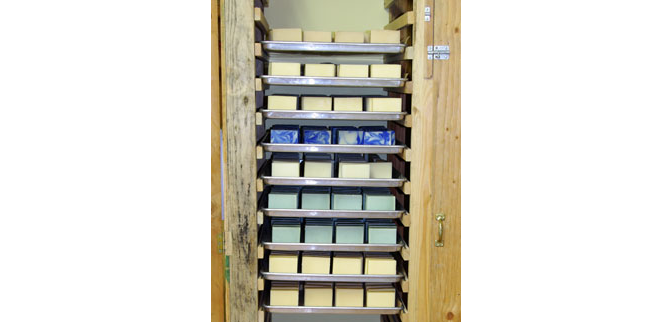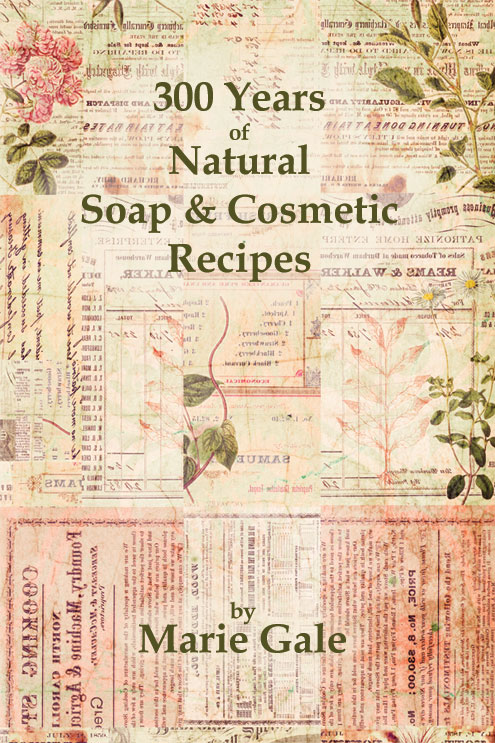Yesterday was the day for cutting soap. I made 8 batches several days ago and they’ve been wrapped in their blankets, patiently waiting to be cut. Now in the drying rack (see picture above) I have pumpkin spice, peach, swirled unscented, lovespell, sandalwood & amber and kumquat. Sort of an eclectic mix!
I do so like having soaps in the drying rack! We created the soap rack by building a small closet with sidebars spaced so they hold up trays of soap. Just to the right there is another closet like the one shown (you can see the handle in the photo). I have a marine dehumidifier in there which helps evaporate the water out of the soap more quickly, making the dried soaps salable in 2-3 weeks instead of 6-8 weeks.
Click the link to learn more about the soap making process.



Leave a Reply